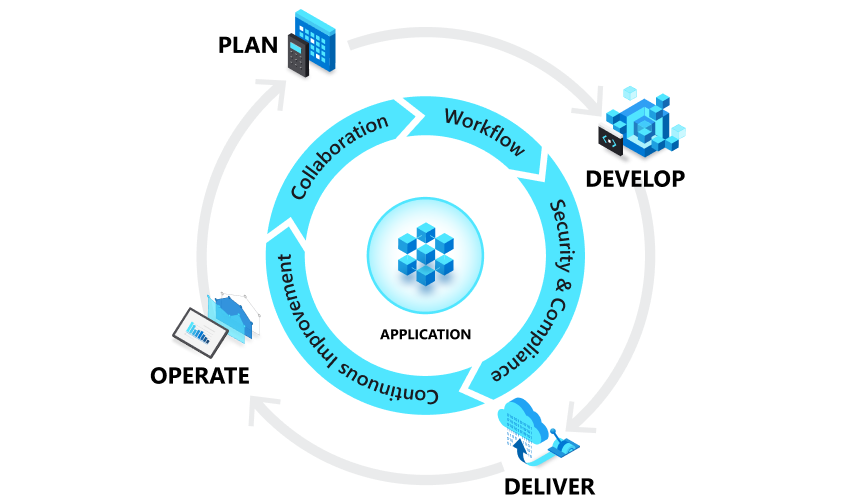Introduction to operating reliable systems with DevOps
The operations phase of DevOps comes after a successful delivery and encompasses everything that teams must consider to maintain, monitor, and troubleshoot the application. The build gets exposed to real customers in the production environment, where reliability becomes a critical factor.

Manage release exposure
Getting the product deployed to its production environment might seem like the final step, but it's only the beginning of a whole new world. A lot can go wrong, so it's important that teams employ safe deployment practices that provide the right balance of customer exposure and risk. Teams can also experiment with changes using feature flags to explore how new updates and features impact a potential audience.
Operate at full potential
Teams need to ensure that the systems they operate are always available—regardless of updates, changes, or underlying issues. Staying on top of everything requires a firm grasp of all the tools and features available for monitoring production systems. The right approach can ensure that systems receive updates and continue to operate with no downtime.
Secure production deployments
Security has become a central concern for applications. DevSecOps describes the set of practices a team follows to build and maintain systems that are as secure as possible. These practices reach beyond code and infrastructure to also include policies for humans to follow, as well as guidance for handling and recovering from potential breaches.
Next steps
Learn how effective monitoring helps to ensure high system availability and allows DevOps teams to deliver results quickly.